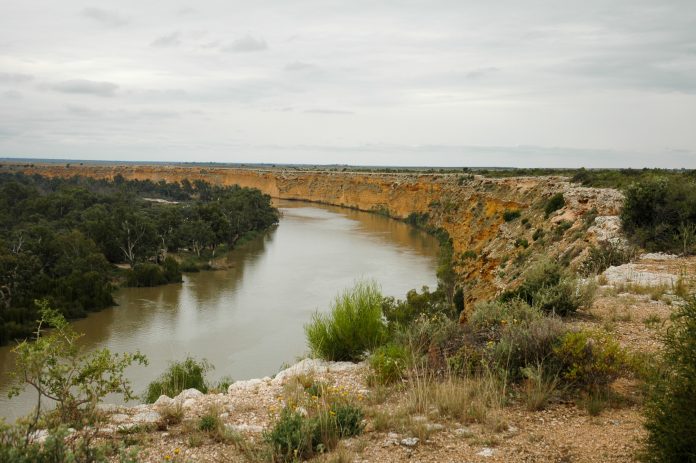Scientists believe they may have found an invaluable record of floods and droughts in the Murray-Darling Basin that could date back to 8,000 years ago.
As Australia’s most politically and economically significant river basin, the Murray-Darling Basin drains more than one million square kilometres of the country, approximately 14% of mainland Australia, covering four states and the ACT.
A team of scientists from the University of Newcastle and the University of Sydney stated this week that, between 5,000 and 8,000 years ago, when sea-levels were about two metres higher than today, the Lower Murray River turned into a large, lake-like body of water.
After examining and analysing samples of the sediment deposited within the area that would have formed the prehistoric lake, the team found what it thinks will ensure the effective management of the critical river basin under future climate change scenarios.
Dr Hannah Power, from the University of Newcastle, said that, as our climate changes and sea levels rise, scientists were working hard to forecast what environments around the world would look like under a future scenario with higher sea levels and, in Australia, more intense droughts and floods.
“One way to do this is to look back to a period 5,000 to 8,000 years ago, known as the Holocene Highstand, when sea levels were higher than they are today and examine what sort of paleoenvironments were present,” Dr Power said.
“What we have discovered has the potential to provide an in-depth climate history for the Murray-Darling Basin over the last 8,000 years.”
To understand what the Holocene Highstand environment of the Lower Murray River looked like, the team used a combination of high resolution, three-dimensional computer modelling and analysis of a sediment core collected from within the Lower Murray Gorge on reclaimed farmland, situated between Wellington and Blanchetown in the Riverlands and Murray Lands of South Australia.
The team created models to compare the historic and modern-day water depths and extents in the Lower Murray River and also detailed examples of the layering in the sediments collected from the historic lake to show how the system recorded a climate signal.
The lake, named “Lake Mannum” or “Palaeolake Mannum”, would have stretched from Wellington and the modern-day Lake Alexandria to at least Walker Flat, a distance of 240 kilometres from the mouth of the Murray and perhaps even further upstream.
As sea levels decreased to modern levels over the last 5,000 years, the lake slowly drained and, as it turned back into a river, it started to cut down into the sediments that were laid down during the time of Lake Mannum, eroding into the finely layered sediment.
Throughout this time, the modern-day fringing swamps and floodplains formed, and Lakes Alexandria and Albert emerged as distinct lakes.
Dr Power said the team’s findings were so important due to the fact that the modern-day Murray River was an intensively managed system with barrages, or artificial barriers, to keep the water in the lower lakes fresh and to allow significant volumes of water to be removed for irrigation.
“While the way we manage this system may not change anytime in the near future, our research gives us an insight into what could happen under future sea level rise should we decide to remove the barrages,” Dr Power said.
“More importantly, however, the sediments deposited in Lake Mannum provide us with an invaluable record of floods and droughts in the Murray-Darling Basin.”
The investigation was led by recently-completed PhD student Anna Helfensdorfer from the School of Geosciences at the University of Sydney and was supervised by Dr Power and Associate Professor Tom Hubble from the University of Sydney.
It formed part of a larger project investigating lower Murray River channel changes during the past 10,000 years, being undertaken at the University of Newcastle and the University of Sydney.



